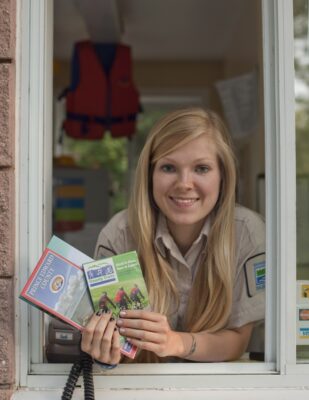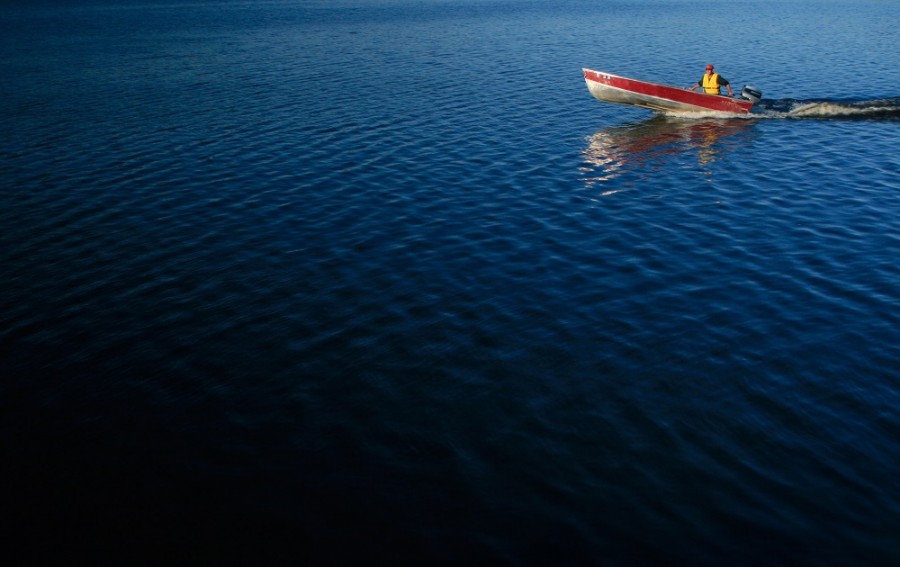Safe and Best Practice Tips From the Pros
7 tips for safe boating
The warm weather is here, and many Ontarians are getting out on the water.
To make sure you have a fun – and safe — experience, we chatted with Ron Arnold, a Conservation Officer with the Southern Marine Enforcement Unit, and BOATsmart!‘s Lindsey Jeremiah, who shared seven tips for safe boating:
1. Ensure all safety equipment is packed before you hit the water
Check that all the safety equipment required by law for your vessel and its size is on board and in good working condition. (Pst: you might be surprised what you legally need in your canoe!)

These items include lifejackets/PFDs for every passenger, a First Aid kit, a buoyant heaving line, a sound signalling device (like a whistle*), a bail bucket, a watertight flashlight, and a paddle or anchor.
When packing up your boat, keep these items within reach. Emergencies happen fast.
Other items that could come in handy include: cellphone, extra sunscreen, water, snacks and clean dry clothes.
*Pro tip: attach your whistle to your lifejacket/PFD so you can signal for help in an emergency.
2. Always wear a properly fitted lifejacket/PFD and be sure everyone else on board is wearing one too
The risk of cold-water immersion is high this time of year. Within one minute of landing in the water, you can’t swim, so be smart and buckle up.
Whether you’re in a motorboat, kayak or SUP board, always wear an APPROVED lifejacket or PFD. Check the label: your lifejacket should be approved by Transport Canada, Fisheries and Oceans Canada and/or the Canada Coast Guard. Don’t forget to check your lifejacket for wear, especially rips and tears.
Not sure what the difference is between a PFD and a lifejacket? The Canadian Red Cross has the scoop.
No PFD? Borrow one for free at 70 of our parks.
3. Follow the law and get your boating license (Motorized Pleasure Craft Operator Card)
Pleasure craft operators are required by Transport Canada to take and pass an accredited course before they get behind the wheel of a boat.
Want more info? Check out Transport Canada’s new Safe Boating Guide.
4. Don’t drink and drive (or paddle)
It’s illegal and dangerous. Have “water on the water” and save the “beer for the pier.” Drinking while boating incurs the same legal penalty as drinking while driving a car.
5. Plan your trip
Know your route, and use official nautical charts. It’s also a good idea to fill out a Trip Preparation Form, which provides information about your boat (make, year, name, colour) and outlines your destination, travel route, expected return time, the names of all the people in your party and instructions in case of emergency.
Leave one copy with someone responsible at home and another at the park office.
Don’t forget to keep a close eye on the weather. Have a plan for getting back to shore should the water turn rough.
6. Know your vessel and its capabilities
Got a new boat? Don’t take it out for the first time on unknown waters. Each vessel is different from weight distribution to rough water performance.
7. Got questions? Check with Ontario Parks staff before you head out

They’ll also be able to answer park-specific questions like “Will my cellphone work on the water?” or “Where’s your PFD Lending booth?”



